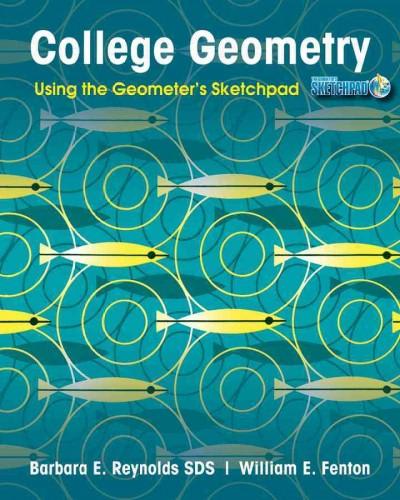Question
Bivariate Correlation and Regression When observing a Correlation, the researchers are determining or measuring whether a relationship exists and explaining the strength of the relationship
Bivariate Correlation and Regression
When observing a Correlation, the researchers are determining or measuring whether a
relationship exists and explaining the strength of the relationship (Frankfort-Nachmias &
Leon-Guerrero, 2018). In other words, a Correlation tells us the "extent to which
variables are related" (Wagner, 2020). Correlation ranges from -1.0 to +1.0; never
above or below this range.If it is outside of this range, there is an error.
Also being shown will be a regression table. Regression is used to predict how one or more independent variables can affect the dependent variable (Frankfort-Nachmias & Leon-Guerrero, 2018. A Bivariate Regression analyzes how changes in one independent variable can affect the dependent variable being studied.
Research Question: Is there a linear relationship between a math teachers' self-efficacy and the number of years the teacher has taught high school math?
Both variables are continuous, and there is an assumption that an educator's belief in their capabilities gets better with more experience; therefore, there might be a linear relationship. Both assumptions are met (Frankfort-Nachmias, et al., 2020).
A standard linear regression was calculated to create predictions about math teachers' self-efficacy based on how many years the teacher has been teaching high school math. As shown in Table 1, a significant regression equation was found (F (1,3668) = 28.133, p < .001), with R2 = .01 (Table 2). The regression equation is: math teacher's self-efficacy = .003 + .010 * years math teacher has taught high school math (Table 3). Math teacher's self-efficacy increased by .010 for each year a math teacher has taught high school math. About 1% of the math teacher's self-efficacy is explained by the variable years math teacher has taught high school math
.
| Table 1. ANOVAa | ||||||
Model | Sum of Squares | df | Mean Square | F | Sig. | |
1 | Regression | 25.174 | 1 | 25.174 | 28.133 | <.001b |
Residual | 3282.200 | 3668 | .895 | |||
Total | 3307.374 | 3669 | ||||
a. Dependent Variable: T1 Scale of math teacher's self-efficacy |
Table 2
Model Summary | ||||
Model | R | R Square | Adjusted R Square | Std. Error of the Estimate |
1 | .087a | .008 | .007 | .94595 |
a. Predictors: (Constant), Years math teacher has taught high school math |
|
Table 3. Coefficientsa | ||||||
Model | Unstandardized Coefficients | Standardized Coefficients | t | Sig. | ||
B | Std. Error | Beta | ||||
1 | (Constant) | .003 | .024 | .126 | .900 | |
Years math teacher has taught high school math | .010 | .002 | .087 | 5.304 | <.001 | |
a. Dependent Variable: T1 Scale of math teacher's self-efficacy |
Implications for Social Change
In order to improve planning of math courses offered and placement of teachers to teach those courses, it is essential to gain understanding about a math teacher's confidence in their abilities and if their confidence is affected by their years of experience teaching math at the high school level. Further research may involve studies pertaining to how to improve teacher training by raising teacher self-efficacy, therefore increasing teacher retention.
Is this correct? Does it make sense?
Step by Step Solution
There are 3 Steps involved in it
Step: 1

Get Instant Access to Expert-Tailored Solutions
See step-by-step solutions with expert insights and AI powered tools for academic success
Step: 2

Step: 3

Ace Your Homework with AI
Get the answers you need in no time with our AI-driven, step-by-step assistance
Get Started


